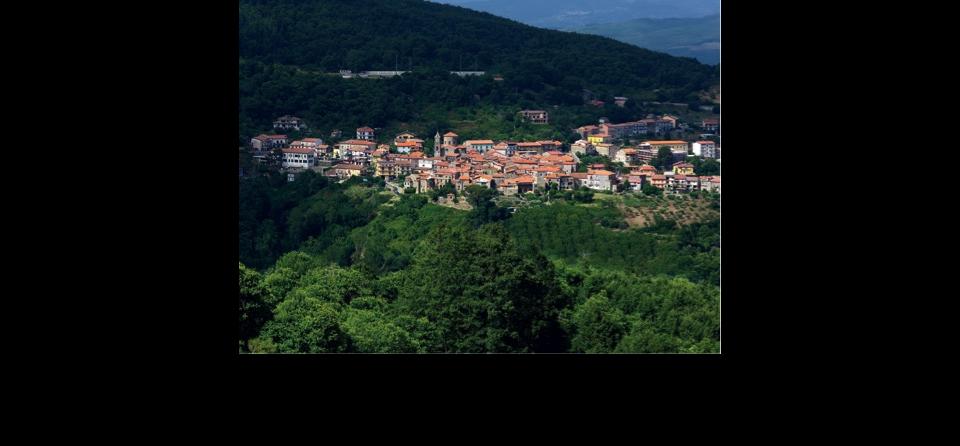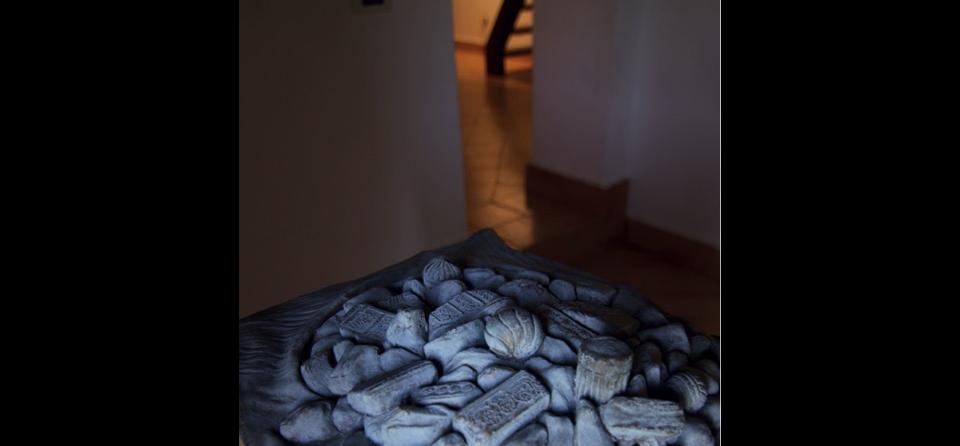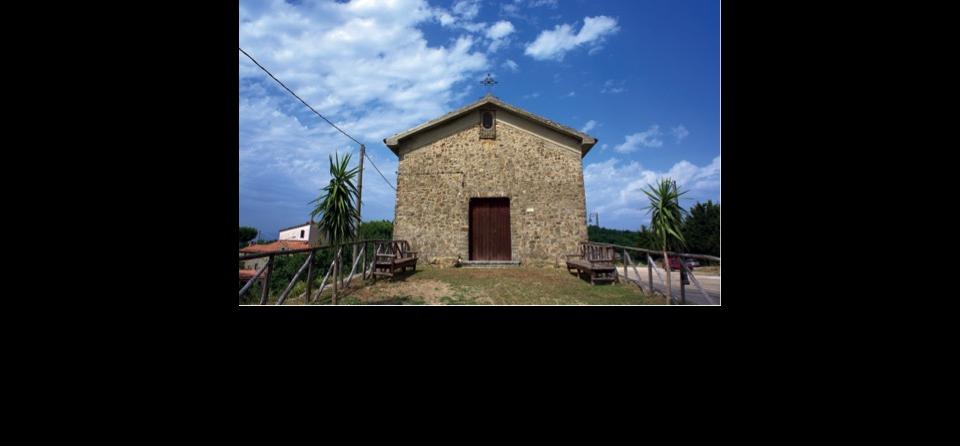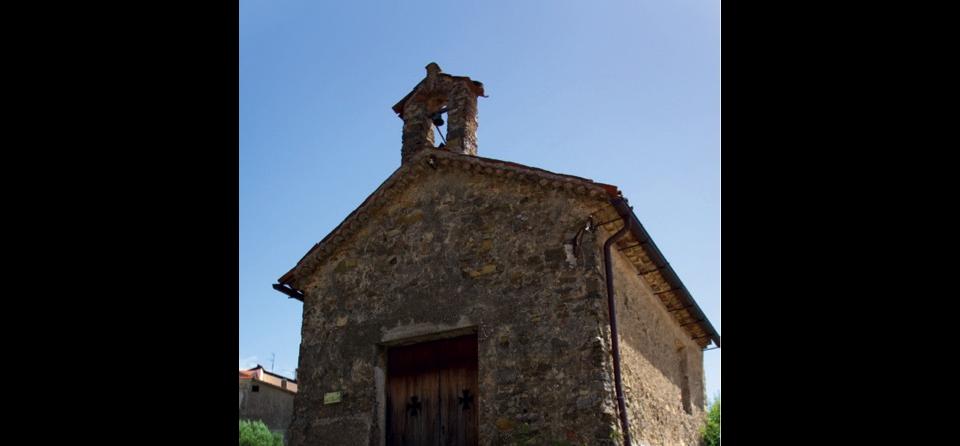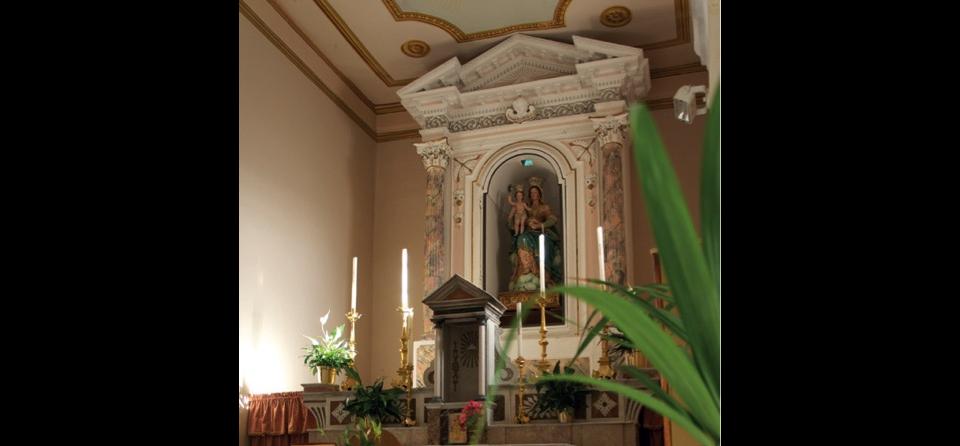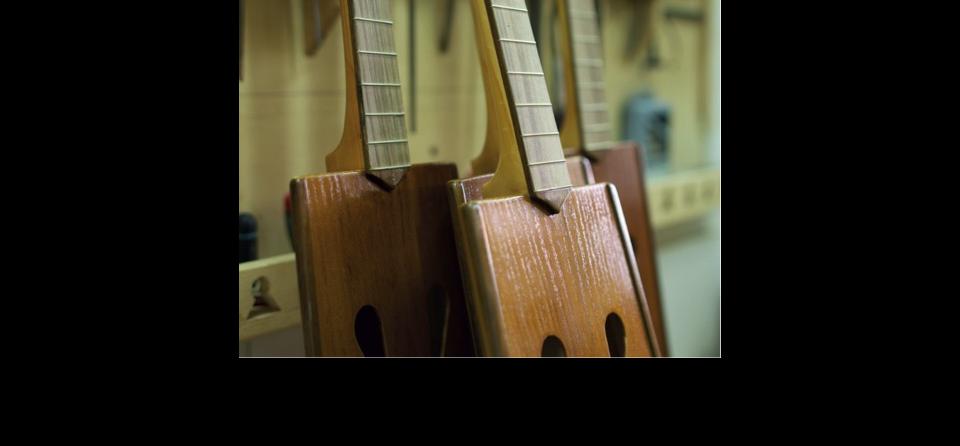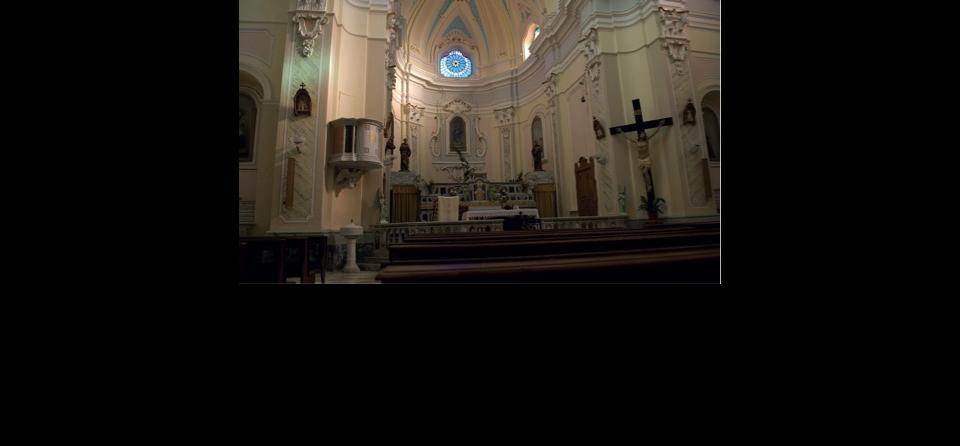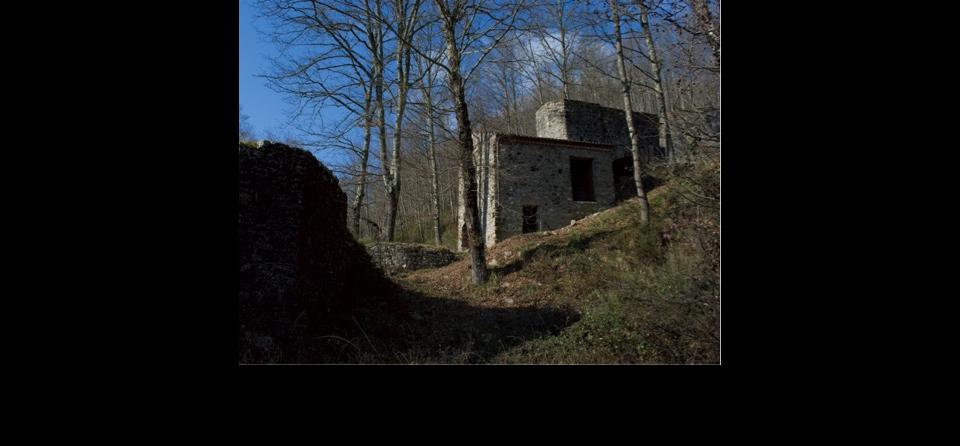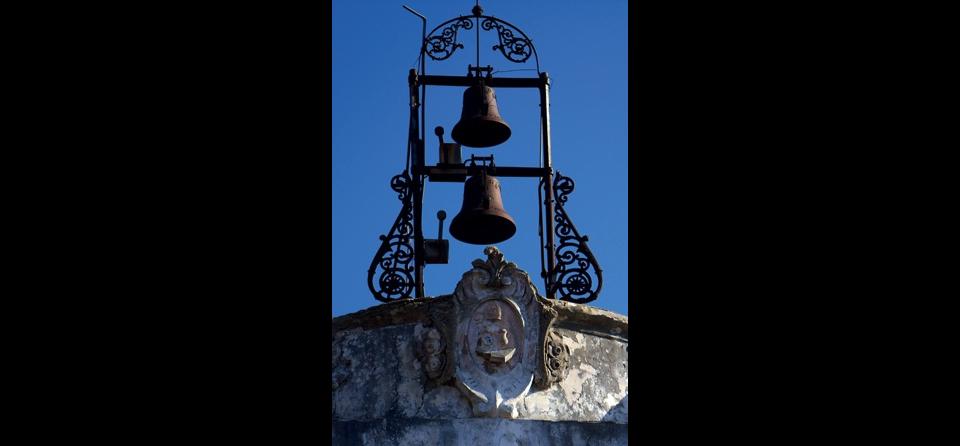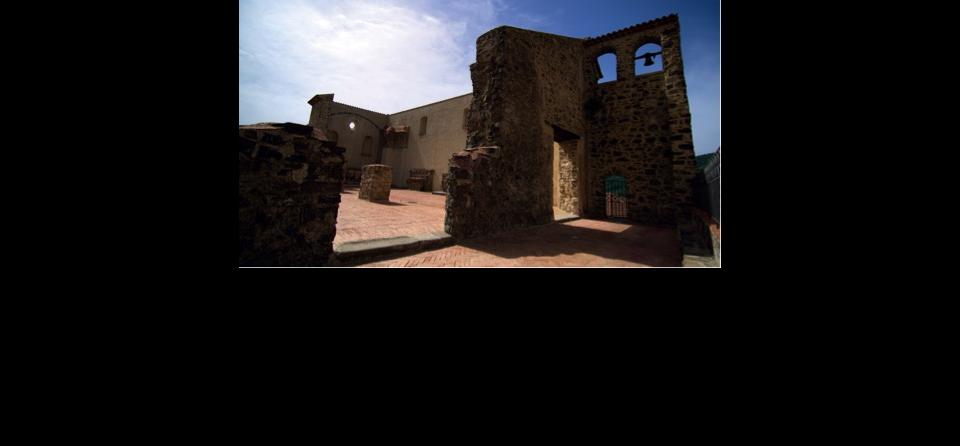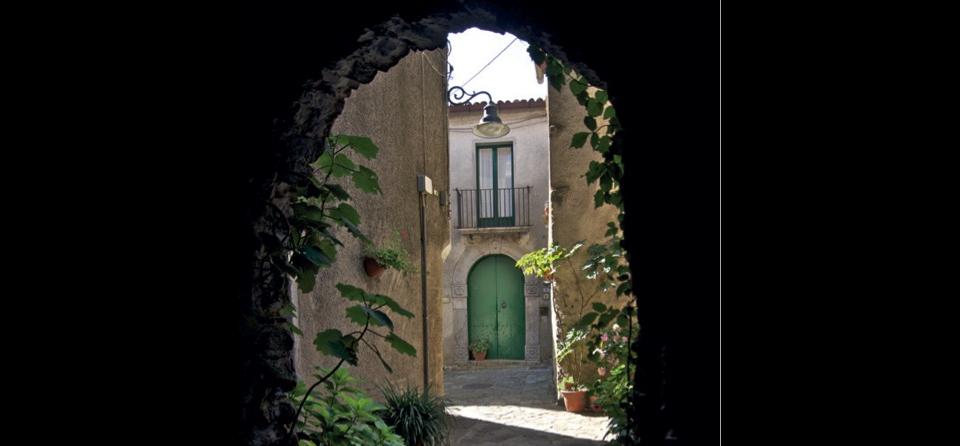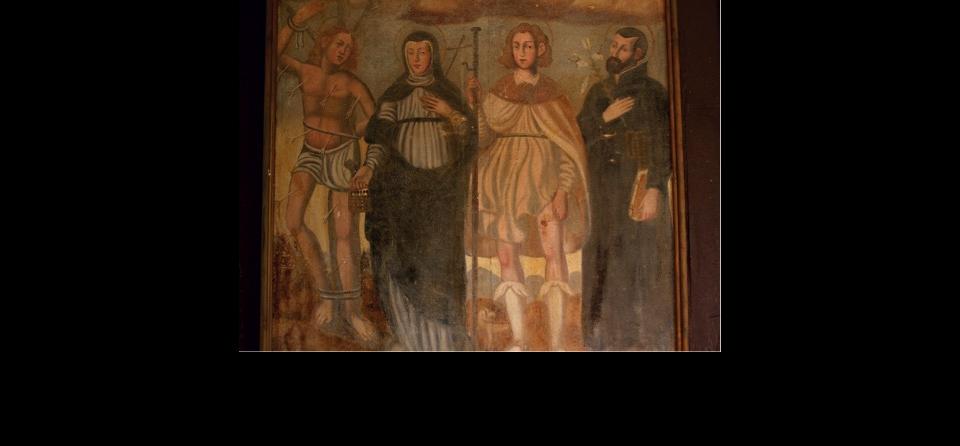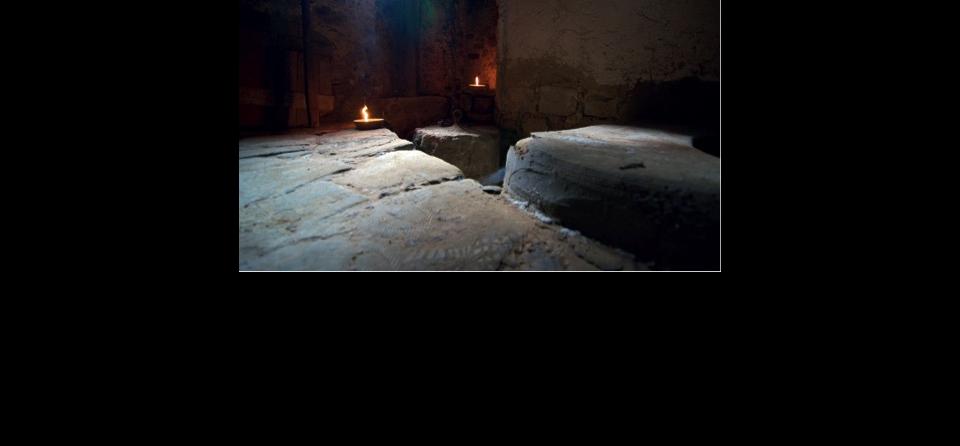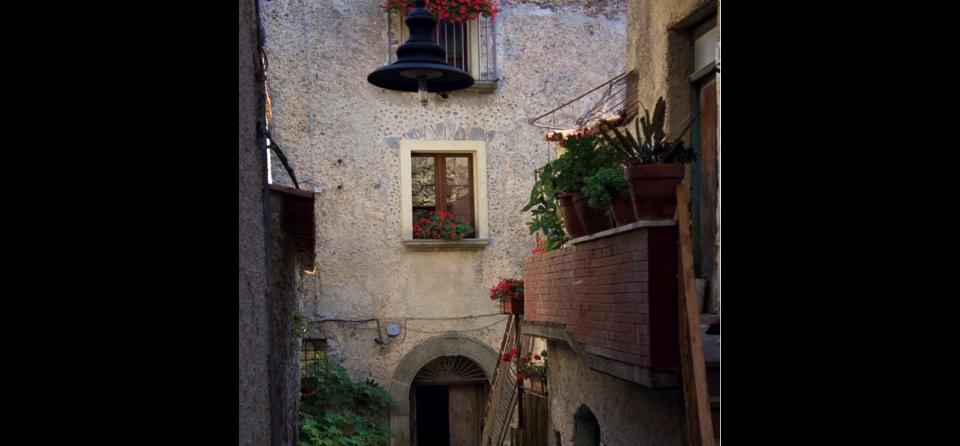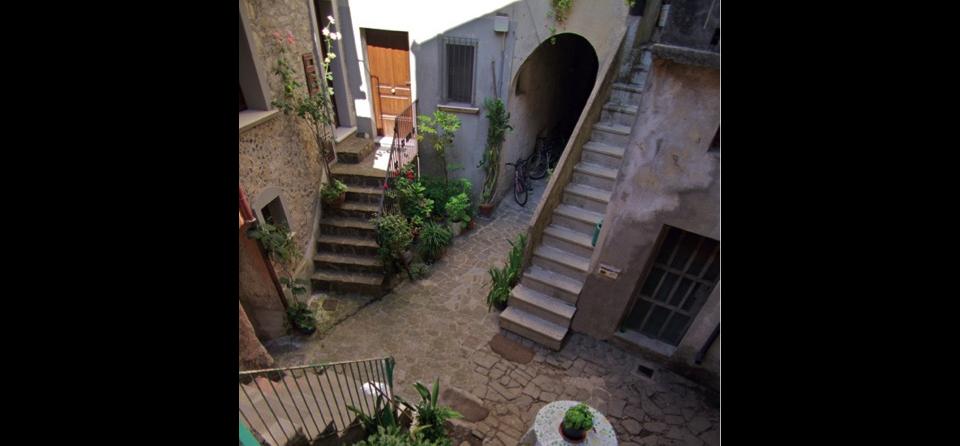Stio
Member of the Italian National Network
Mayor of Stio
Dr. Natalino Barbato
Primario di Pneumologia presso AZIENDA OSPEDALIERA S. GIOVANNI DI DIO E RUGGIERO D'ARAGONA
The Place
Stio, in the heart of Cilento National Park.
This town of less than athousand people is part of Cilento and Vallo di Diano National Park.
The plenty of historic andnatural resources makes it an excellent place for ecoand cultural tourism.
The landscape all around Stio and Gorga is rich inwoods, with turkey oak, alder and chestnut trees.
From Le Corne mountain,at 984 metres abovesea level, rises the Alento, one of Cilento most importantrivers.
History
Monk s and liege lords.
Some believe that the Stio placename comes from the Latin word ‘hostilius’ - meaning ‘the most hostile’ - referring to the bravery in resisting the enemy. Others claim that the origin of the place-name could be found in other Latin words: ‘ostium’(entrance) or ‘aestivus’ (summer grazing).
However, according to the most reliable guess, the name Stio comes from ‘Serra Staino’, the site where the first settlement of the town was located. The archaeological finds in the place named ‘Chiano Rosario’ suggest that Stio area was inhabited since 6th century BC. About the year One thousand, basilian monks from the nearby Rofrano monastery estabilished the granges of ‘Santa Maria della Croce’ and ‘San Lucido’: around them, over the centuries, the towns of Stio and Gorga have grown. In the Norman age both villages were part of the so-called ‘Stato di Magliano’, later become a barony. Finally, in early 1800’s, feudalism was abolished. The last liege lords of Stio were the ones of the Pasca family.
Church of Santi Pietro e Paolo
It was erected in 18th Century over the ruins of the ancient Church of San Giovanni Battista, maybe built around 12th century. The frontage is worthy of attention, with an impressive square-planned bell tower: its top floor, where the big clock stands, was added later. The high altar preserves the relics of saints Gaudenzio, Modesto and Crescenzio. The five side altars and the wooden choir, now in the vestry, are also remarkable.
Chapel of Santa Sofia
A like with greek-catholic basilian monasticism should be provable by its title. It has a rectangular plan. The frontage is surmounted by a tiny belfry.
Chapel of Santa Maria degli Angeli
It’s another remarkable sign of the popular devotion preserved by the local community. The layout is simple and elegant at the same time.
Ruins of the ancient Church of Santi Pietro e Paolo
It was the old parish church, built in 11th Century, maybe over a pre-existing greek-catholic place of worship. The bell tower and the perimeter walls are still standing strong, overlooking a breathtaking landscape. The place, so charming and rich in history, is the right location for exhibitions and cultural events.
Other sites in stio
Not only the “Stio tipica” route: the town has a lot of resources to see and appreciate.
Cultural heritage
Chapel of Santa Maria della Croce
This thousand-year place of worship was founded by basilian monks. According to popular tradition, Saint Nilo da Rossano donated to the chapel a relic of the Holy Cross. Nearby, since ancient times, the “Fiera della Croce” (Holy Cross Fair) takes place yearly.
Valle dei Mulini (The Mills Valley)
A magnificent industrial rural site, where the ruins of old water mills can be admired. Starting from Stio, a 2 Km path brings visitors there.
“ Chitarra Battente” of Cilento Exhibition
“Chitarra battente” is a special kind of guitar diffused all over Southern Italy. It came into use in rural world around 14th Century. Today this instrument is a pillar of Cilento cultural heritage. In the exhibition room, annexed to the studio of Master luthier Domenico Campitiello, real masterpieces of lutherie are on display.
Antonio Trotta’s
Archive Museum Permanent collection of contemporary art, exhibiting works of Stio-born Master Antonio Trotta.
Cultural heritage
Stone arch in Via Umberto I An impressive stone arch full of ancient architectural details.
The ‘strette’ (narrow streets)
This sequence of arches is one of the most evocative place of the historic centre.
House of the Abbot G. Pepe
Here, in 1742, was born Abbot Giuseppe Pepe, Academic for Physical and Mathematical Sciences.
‘Vuttaro re Zi Mastro’
‘Vuttari’ were rooms formerly used for wine storage. This one still preserves the whole equipment once used for wine making.
The ‘Chiassetto’
Small open space, common to many families, harmoniously defined by stairs and small arches.
Lidiana’s court
Other small open space. Nearby, the tethering rings once used to tie donkeys are still visible.
Il borgo di Gorga
The village of Gorga
Historical notes
The place-name comes maybe from the Latin word ‘gurges’, probably meaning ‘water pond’, or ‘placed in a mountain bottleneck’. This maybe refers to the sources mountain, not far from the village. According to historian Pietro Ebner, Gorga was “in the lordship of the Sanseverinos, princes of Salerno” and, more generally, the village “followed the destinies of Magliano, and It’s a charming maze of narrow streets, courtyards and little squares and still reflects the way of life of old Cilento rural villages.
Gorga old town
This Church is the most remarkable monument of Gorga, where the devotion to Saint Gennaro is ancient and deep. An hefty belltower embellishes the frontage. A wall paint, with the Saint blesseing the town is depicted inside the Church.
Church of San Gennaro
later on those of Stio”. Gorga was ‘Università autonoma’ until early 1800’s, when it became part of the Municipality of Stio.
Traditions, feasts, events
The Holy Cross Fair
Una tradizione millenaria che si rinnova ogni anno nei primi giorni di settembre. Sin dal principio ebbe come sede l’area circostante la cappella di Santa Maria della Croce. In età medievale assunse progressivamente importanza, specie per il commercio della seta.
This thousand-year old tradition repeats itself yearly in the first days of September. From the beginning, it took place just close to the chapel of Santa Maria della Croce. During the Middle Ages the Holy Cross Fair became a primary marketplace for silk trading.
Feast of San Pasquale Baylon
17 maggio e ultima domenica di agosto | May 17 and last Sunday of August
Feast of San Vito
giugno | June
Feast of Sant’Antonio da Padova
Gorga, June 13
Feast of Madonna della Sanità
Gorga, Third Sunday of August, in Gorga
Ciccimmaretati
Festival of traditional poor people’s dishes
August
Environment, nutrition and health at Alento springs
Agosto | August
Chestnut Feast
October/November
Regina bean Feast
Gorga, december
Cittaslow referents:
Prof. Trotta Massimo
Mail: massimo.trotta@comune.stio.sa.it
Arch. Scianni Francesco
Mail: francesco.scianni@lebelleforme.com
Sito comune di Stio: http://www.comune.stio.sa.it
